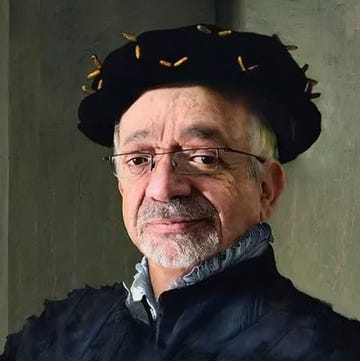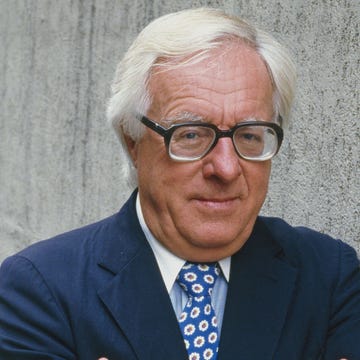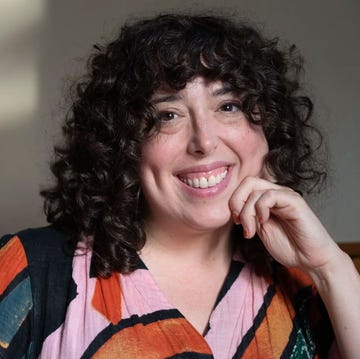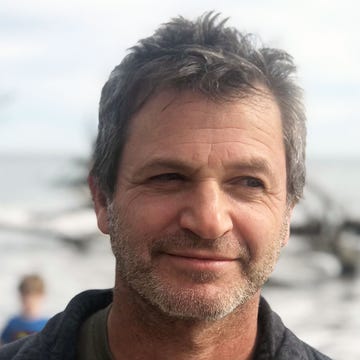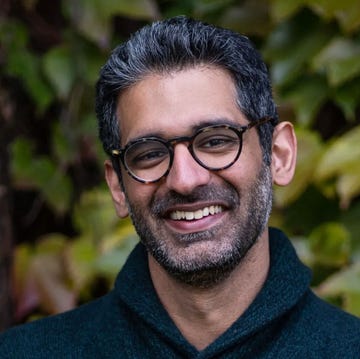At a Sunday service in 1869, the Reverend George Mooar, pastor of the First Congregational Church in Oakland, made a startling prediction. After six long years, the transcontinental railroad project was nearing completion, a moment to be memorialized in the driving of the last spike just north of Salt Lake City in the spring of 1869. From his pulpit, in a sermon titled “God’s Highways Exalted,” Mooar hinted that the first passenger to disembark at the western terminus of the rail route, in Oakland, might be Jesus Christ himself. The transcontinental rail project had the chance to usher in the Second Coming, for “nobody owns so much stock in this railway as [the] Lord.”
Set aside the question of whether, if Christ were to return, he would need to travel in a railroad car. Contemplate instead the exhilaration in those church pews and then, especially, in November, when the first locomotive chugged in from the east. If Christ indeed disembarked at the West Oakland depot near the shoreline of San Francisco Bay, Oakland would instantly be the most famous and important place in the history of the world. Gertrude Stein’s supposedly disdainful dismissal of her hometown (“there is no there there”) would never be uttered. There would be, for certain and forever, a there there.
Mooar and his flock may have been disappointed when ordinary people came off the Central Pacific train pulled in by the Jupiter locomotive. But the moment was nonetheless historic. A transit of transcontinental capital, communications, and human migration had been built across the entirety of North America, and the nation was not yet a century old. Foundational though it was, that was then—and yet the ties to the past endure, as they always do. Journalist Alexis Madrigal is captivated by the Oakland of the past 100 years or so in his terrific book The Pacific Circuit: A Globalized Account of the Battle for the Soul of an American City, and his is a story that emanates outward from that very West Oakland shoreline on San Francisco Bay.
Fine-grained social history forms the base of the book. Madrigal weaves a contextual structure built atop the life and times of a single person. That structure is the story of modern global capitalism literally moving back and forth across the vastness of the Pacific Rim. Two prisms are critical to considering the tapestry created here. The book would lack half its power if it told only the global or only the local story. Each illuminates the other, with the writer’s talent for holding the whole thing together constantly at work.
To say this is hard to do is an understatement. But it’s done so well here. Oakland’s dramatic history unspools from roughly the New Deal forward: labor fights, violent put-downs of strikes, urban tensions and struggles of all kinds, the bitter dissensions of the Vietnam War, and ever-present racial inequities. The sustained character of “Oaklandish” outlooks and vantages carries on with a charismatic ferocity. That superstructure, that gigantic web, is what Madrigal calls “The Pacific Circuit,” the trade routes crisscrossing the Pacific, bringing Asian manufactured goods through the Pacific Slope necklace of giant ports: Seattle, Oakland, Los Angeles, Long Beach.
Especially Oakland, which took off with the modern era of container vessels plying the Pacific, carrying Asian manufactured goods to Western ports. That’s a story of economy and political economy, of technology, of supply and demand, of greed, and of injustice. But it’s the humane and human features of the book, that other prism, that make the telling sing. With grace and nuance, Madrigal wraps the harsh realities of West Oakland around that single person, the remarkable environmental justice warrior Margaret Gordon. “Ms. Margaret” has lived a life of trauma—which “went all the way back through America and straight down into the ground of Oakland”—and resiliency. To meet her is to learn from her, as her life and work throw the almost impossibly intricate story of commerce, capitalism, inequity, and oppression into high—and human—relief. Gordon channels her trauma into fighting for environmental justice in her beaten-up neighborhood. West Oakland is at once fundamental in global terms and utterly bereft locally.
In this telling, Oakland is a central place, in geography and urban theory terms, a hub from which developed a new world of trans-Pacific shipping and commerce, deindustrialization, and gargantuan container vessels—the latter-day Frankenstein monsters sprung from now-quaint 19th-century railroad trains. But Oakland, and especially West Oakland, is a hollowed-out central place. Its warehouses, wharves, and piers are where the interlocked networks of global trade took off. “Oakland became,” Madrigal writes, “the physical starting point for the Pacific Circuit.” And it remains a site critical to that circuit. But inequities and maldistribution of goods and services also continue to be the order of the day. The empty promises of rising tides lifting all boats went nowhere. What have remained are toxic pollutants spewed by ships and trucks, insults against which Gordon wages righteous war and notches some wins. “It’s always been the trucks,” she says, “old, dirty trucks,” which keep the system running but sicken anyone and everyone breathing West Oakland air.
That the western leg of that colossal project (which was many things: part triumph, part kite scheme, brutal to people and landscapes alike) would not have been built without Chinese labor is not lost on Madrigal. The Pacific Circuit narrates the melding of Asian business history, culture, and political economy with gyrations in Western capital and corporate efficiency and centers it right there in Oakland, right where that Congregational Church was, right where that train depot was, right where the world was to be made anew. It was made anew, just not in the way that the pastor and his parish prayed it would be.
The Black Panthers, whose personnel and goals play important roles here, once believed that the West Oakland of their headquarters would be “the birthplace of revolution in the United States.” I guess it depends on what one means by revolution. The Panther vision died, was stamped out, killed, imprisoned. But revolution did take place in Oakland, one that this author has poignantly and painstakingly analyzed and narrated. That alternative revolution, really a counterrevolution to what the Panthers dreamed of, is the Pacific Circuit itself.
In The Pacific Circuit, Madrigal flips the popular view of Stein’s comment upside down. It is Oakland, he writes, that holds the historical key to the creation of this vast interlocking network of trade, labor, and commodities. It has not worked out well for Oakland, but the story told here is richly complicated, layered, and fascinating page to page. Jesus Christ did not ride a railcar into West Oakland in 1869 or, it seems, since. Nonetheless, Oakland as described, analyzed, and measured here is a revelation.•
William Deverell is the codirector and founding director of the Huntington-USC Institute on California and the West and a professor of history at USC. He is also the founding director of the USC Libraries Collections Convergence Initiative. He is a historian of the 19th- and 20th-century American West. His undergraduate degree in American studies is from Stanford, and his MA and PhD degrees in American history are from Princeton. He has published widely on the environmental, social, cultural, and political history of the West.




